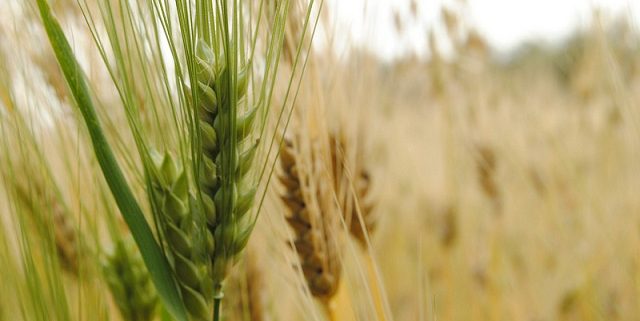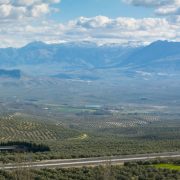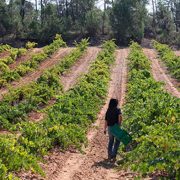La Mancha cooperatives expect the cereal harvest to fall by 40%, due to the lack of rainfall and record figures last year
Agro-food cooperatives in Castilla-La Mancha estimate that the cereal harvest will be reduced by 40%, mainly due to the scarcity of rain and the record production of last season. A forecast that has been released in the course of the Sectoral Commission of Herbaceous Crops that the organization has recently held to address the first results of the campaign in the region and the current situation of the sector.
In relation to the estimated harvest of Agro-food cooperatives in Castilla-La Mancha, it has been corroborated that the cereal campaign has only begun in the southernmost region of La Mancha and have been obtained, to date, better than expected. Still cautious when giving estimates, the current campaign is expected to be considerably lower than last year, possibly around 40%, mainly due to record production last season (the cereal harvest is stood at around 4.4 million tons) and the scarcity of rains in the critical periods of the crop.
Even so, taking the balance of the last 10 years as a reference, current production could be close to the average and, in addition, a greater reduction of yields has been distinguished in the areas north of Castilla-La Mancha, obtaining better results in southern areas
Data by provinces
By provinces, in Cuenca disparate results are estimated depending on the counties; the average barley is between 1,500-2,000 kg per hectare. In Guadalajara, the province most late in planting, is where drought has most affected, placing the first surveys below 2,000 kg per hectare.
In Albacete the situation is similar to that of Cuenca, but with the advantage that rainfall has favored something more to this province, raising the estimated average to 1,800 kg per hectare. Toledo has hardly rained and the estimate is below 1,500 kg per hectare.
A separate chapter deserves the province of Ciudad Real, as it is getting results above the averages in most of the regions, since in some areas it has rained between 40 and 50 liters in critical periods.
With regard to the market, the weather conditions and the latest currency movements (devaluations in large exporting countries) have been the main drivers of the world market
Wheat has been characterized by a campaign end pressured by high stocks in the United States, Russia and Australia, avoiding risks due to shortage of supply. However, the initial forecasts in the 2017/2018 balance sheet speak of slight declines in stocks in part of large exporting countries, which would lead to market readjustment.
The situation of a balanced balance in the barley signals prices without great fluctuations for the new campaign, but could rise slightly from here to the harvest, before being dragged down by the prices of the Black Sea and the pressure of exit during the summer .
In maize, once the summer is over and the harvest is assured, the final harvest stocks and the supply of the new crop, maize and wheat together, could influence the prices of the new season, being able to drag down to prevent the level of imports from third countries being too high.
Finally, at the above mentioned sectoral meeting it was announced that at the end of this month Agro-food cooperatives of Spain will renew the collaboration agreement for the conditioning of grain for planting signed with GESLIVE, which will be joined by some agricultural organizations.
Source: Agro-food cooperatives of Castilla-La Mancha















